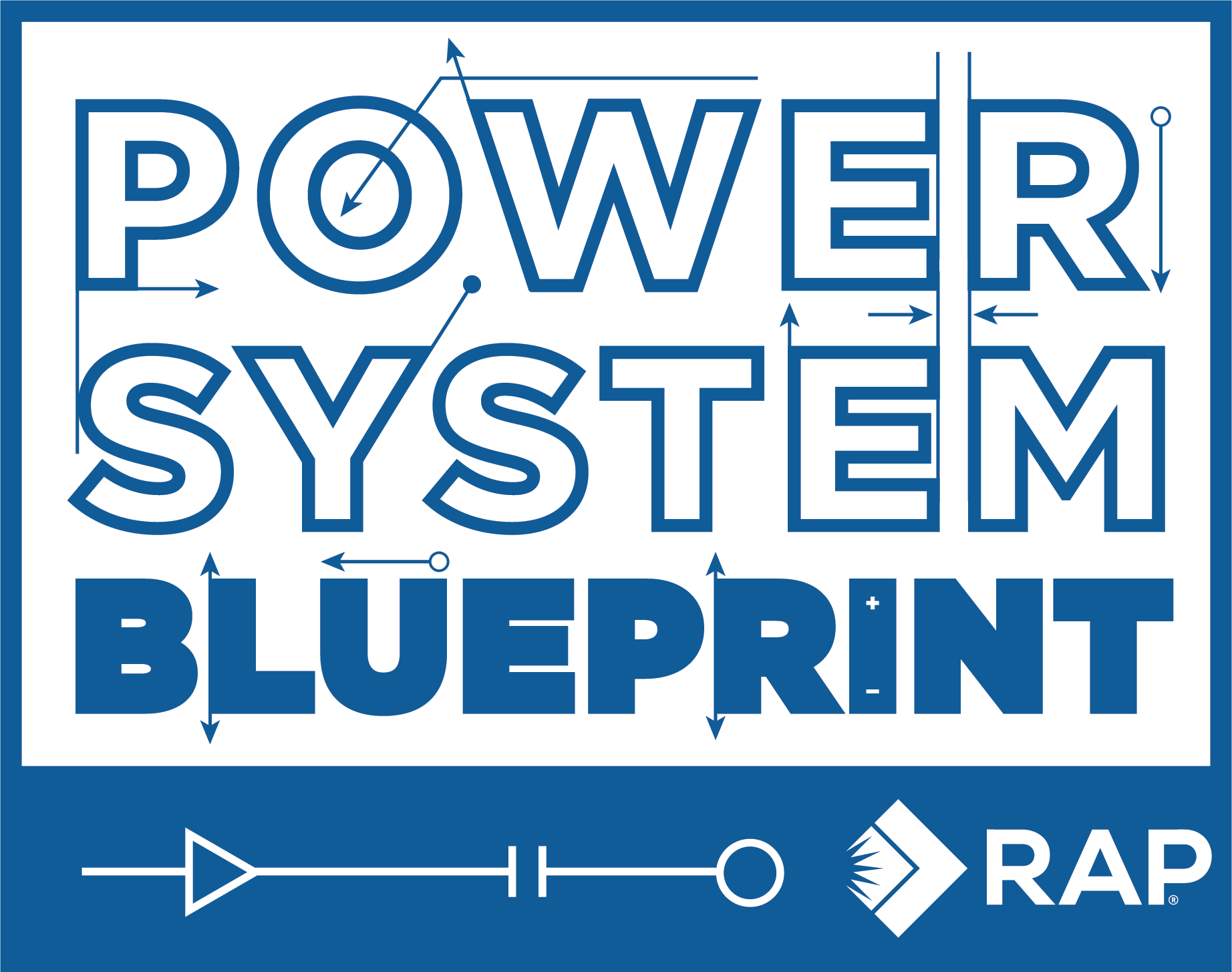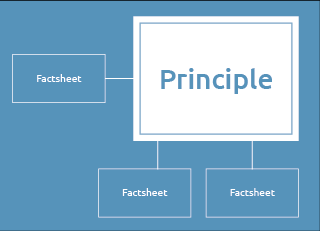SUMMARY
The pace of energy transformation necessary to support timely delivery of climate goals requires unabated carbon-emitting generation resources to be shut down, even while their continued electricity production may otherwise appear economically justified. Market based emission pricing and ending subsidies will shut down many plants, but we need more to drive their speedy exit, such as a robust and comprehensive carbon price and the swift termination of fossil fuel subsidies, complemented by a programmed fossil fuel phaseout, the latter reflecting the fact that even with the other elements in place, the speed of transition delivered by the market will not match the need.
Programmed fossil fuel phaseouts may take the form of stipulating that all unabated coal- or gas-powered generation will end by a particular year, following a specific downward trajectory from now to that end state. Where elements of the above are politically unpalatable, auctions for the decommissioning of capacities may be attractive.
WHAT
Administrative programme to retire dirty supply resources
HOW
Institute a programme of retirement, with auctions if necessary
WHO
Member State governments, NRA
WHEN
At a time when a carbon price alone does not provide sufficient security
Even a robust and comprehensive carbon price, linked to the social cost of carbon, will not guarantee full decarbonisation of the power sector by 2035. An administratively determined programme of unabated fossil fuel phase out can be valuable here in providing clarity to investors and generators. The programme also assists system operators for mid-term planning of required reserves and other measures as well as to develop generation investments in time and by location, if market prices reflect the location (locational marginal pricing, nodal pricing). The simplest way to programme the phaseout of fossil fuel may be with a clear schedule setting out the journey to zero generation, set for instance as an obligation on retailers.
 Should obstacles impede such an approach, a second-best approach may be auctions for exit. Germany, for example, set up a coal commission in 2019 to develop a road map for phasing out coal-fired power generation. In addition to a precise date, which otherwise can only be determined with a certain degree of uncertainty through market mechanisms, this intervention also aims to create a framework that should provide clarity on the transformation and thus minimise disruption. Drawing on the commission’s advice, the annual capacity to be phased out, as well as state investment plans, have already been captured in law.
Should obstacles impede such an approach, a second-best approach may be auctions for exit. Germany, for example, set up a coal commission in 2019 to develop a road map for phasing out coal-fired power generation. In addition to a precise date, which otherwise can only be determined with a certain degree of uncertainty through market mechanisms, this intervention also aims to create a framework that should provide clarity on the transformation and thus minimise disruption. Drawing on the commission’s advice, the annual capacity to be phased out, as well as state investment plans, have already been captured in law.
Another relevant goal of the coal commission and the follow-up auctioning was the social consensus on an early definition of complementary investments in the coal regions in infrastructure, settlement of authorities and research as well as retraining. This is another advantage of a programmed phaseout versus a market-driven one or more abrupt changes.
Consideration should be given to drawbacks of an early decarbonisation programme which carries the risk of providing legal certainty but compensating above a market price level at a later stage or even hindering an earlier market-driven phaseout.
Key Recommendations
- Evaluate required timeframe for fossil fuel phaseout, including existing measures, possible uncertainties and market distortions.
- Decide and implement phaseout via programs of auctions.
References and Further Reading
- Bundesnetzagentur. (2021). Allgemeines zum Ausschreibungsverfahren.
- Cameron, L., Cramton, P., & Wilson, R. (1997). Using auctions to divest generation assets. Electricity Journal 10(10), 22-31.
- Oei, P-Y., Brauers, H., Herpich, P., von Hirschhausen, C., Prahl, A., Wehnert, T., Bierwirth, A., Fischedick, M., Kurwan, J., Mersmann, F., Peters, A., Samadi, S., Lechtenböhmer, S., Nebel, A., Wagner, O., Casimir, L., Teichmann, I., Kemfert, C., Umpfenbach, K., … & Aebli, L. (2019). Phasing out coal in the German energy sector: Interdependencies, challenges and potential solutions. German Institute for Economic Research (DIW Berlin), Wuppertal Institute for Climate, Environment and Energy and Ecologic Institute.
- Published:
- Last modified: August 13, 2024

 Quick guide on how to use this website:
Quick guide on how to use this website: